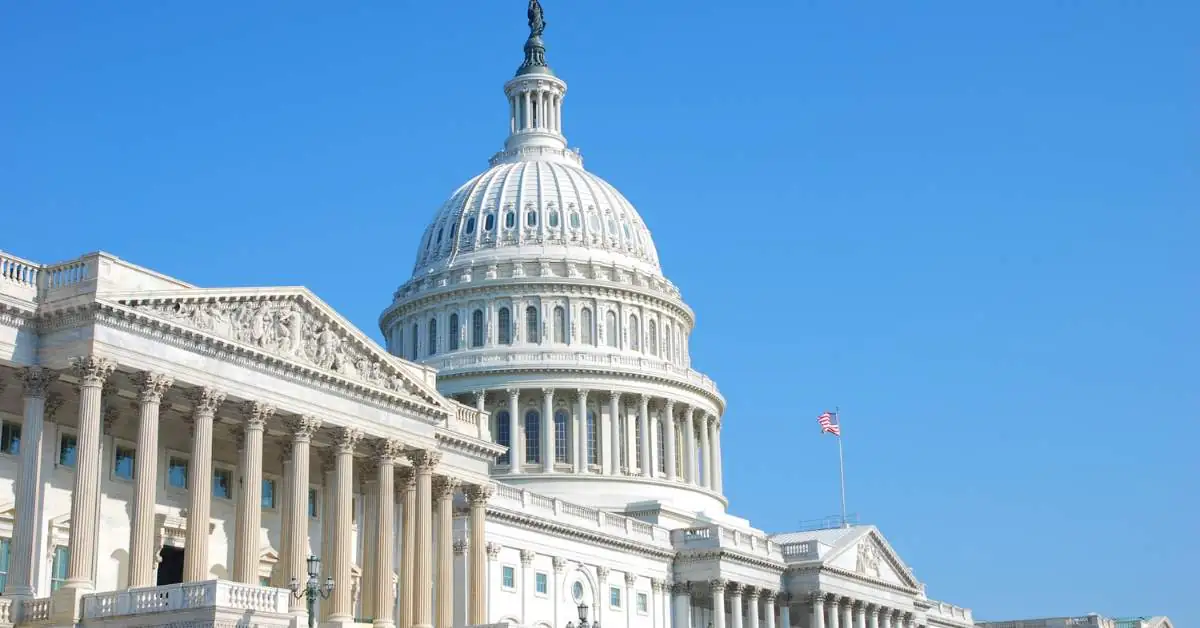Families figuring out how to pay for college will soon face new federal loan rules.
Congress has passed sweeping legislation that rewrites key parts of the federal student loan system. The bill, formally titled the “One Big Beautiful Bill Act,” cleared the Senate on July 1 and was approved by the House on July 3. The President is expected to sign it on July 4.
At the center of the education provisions are strict new limits on Parent PLUS loans and the elimination of federal graduate-level PLUS lending—two funding tools many families have long relied on to fill the gap between aid and cost.
New Limits on Parent PLUS Loans
For decades, the Parent PLUS loan program has allowed families to borrow up to the full cost of attendance, minus any financial aid. That will change starting July 1, 2026. Under the new law, parents will be limited to borrowing no more than $20,000 per child each year, with a lifetime maximum of $65,000 per student.
The new caps may still cover costs at some in-state public institutions, but they fall well short of what many families borrow to attend private or out-of-state public colleges. Parents with multiple children in college at once will face added complexity, as the limits apply per child rather than per household. Families that have relied on Parent PLUS loans to supplement their financial aid packages will need to reassess their plans for covering remaining costs after these limits take effect.
Although the caps don’t begin until 2026, families who expect to need more borrowing than the new limits allow may want to act sooner. Loans disbursed before July 1, 2026, are expected to fall under current rules. That means parents might consider taking out a PLUS loan—or even a small initial amount—during the 2025–26 academic year to preserve more flexibility for future borrowing.
Grad PLUS Loans Phased Out
The bill also ends the federal Grad PLUS loan program for new borrowers beginning in the 2026–27 academic year. Currently, graduate and professional students can use Grad PLUS loans to borrow up to the full cost of attendance once they’ve hit the ceiling on unsubsidized federal loans.
In its place, the law sets fixed limits for graduate-level borrowing. Most graduate students will be limited to $20,500 per year and $100,000 in total federal loans. Students in high-cost professional programs such as law or medicine may borrow up to $50,000 per year, with a $200,000 lifetime limit. These caps will apply to new borrowing beginning July 1, 2026. Existing borrowers may be able to complete their programs under current rules, but no new Grad PLUS loans will be issued after that date. These new limits apply only to graduate and professional school borrowing and do not include federal loans taken out for undergraduate education.
As with Parent PLUS loans, graduate students anticipating the need for future PLUS borrowing may want to consider taking out a Grad PLUS loan during the 2025–26 academic year to be grandfathered in. Even a small disbursement could help preserve access under the existing rules for the remainder of a degree program.
Overhaul of Repayment Plans
The legislation also restructures how federal borrowers repay their loans. Starting July 1, 2026, new borrowers will choose between just two options: a fixed monthly repayment plan or a new income-based plan known as the Repayment Assistance Plan (RAP).
RAP will calculate monthly payments based on 1 to 10 percent of a borrower’s discretionary income, with loan forgiveness available after a repayment period that may last up to 30 years. The exact timeline will depend on a borrower’s income and loan balance.
Borrowers already enrolled in income-driven repayment plans such as SAVE, IBR, or PAYE will not be forced to switch immediately. Those plans will remain available through July 1, 2028. After that date, all borrowers still in those programs will be transitioned to the new system.
Pell Grant and Workforce Training Provisions
Beginning in the 2026–27 academic year, students who already receive aid equal to or exceeding their school’s total cost of attendance will no longer be eligible for Pell Grants. This change could affect students who have full scholarships from outside sources but currently receive Pell to help with personal expenses.
At the same time, Pell eligibility will expand to cover certain short-term, accredited workforce training programs. These non-degree programs must meet federal standards for job readiness and approval, but the goal is to make financial aid available to more students pursuing career and technical training outside traditional college paths.
New Financial Pressures on Colleges
The bill includes measures aimed at institutions with large endowments. Colleges with endowment assets exceeding $500,000 per enrolled student will face new taxes on their investment income, starting at 1.4 percent and rising to 8 percent depending on endowment size. These provisions are set to take effect in the 2026–27 academic year.
The legislation also allows the U.S. Department of Education to restrict federal aid to degree programs that produce consistently poor outcomes for graduates. That could include low earnings, high default rates, or low completion rates. Details on how these thresholds will be defined are expected in future rulemaking.
What Families Should Do Now
The changes won’t take effect immediately, but many of them will begin over the next one to two years. That means families with students currently in high school—especially sophomores and juniors—should pay close attention to how these rules may affect their financial aid strategy.
This is a good time to reassess which schools offer the best value and strongest financial aid. Families should also explore additional savings options, research private loan terms, and make sure they understand the upcoming shift in federal loan repayment systems. Parents and graduate students who expect to borrow more than the new caps will allow may want to consider taking out a PLUS loan during the 2025–26 academic year, even if only a small amount, to remain eligible under current terms.
While the Big, Beautiful Bill covers a wide range of federal policy, its education provisions alone represent the most significant rewrite of federal student lending rules in decades. As more guidance is released, families who stay informed will be better equipped to navigate the new landscape.
_______
Use R2C Insights to help find merit aid and schools that fit the criteria most important to your student. You’ll not only save precious time, but your student will avoid the heartache of applying to schools they aren’t likely to get into or can’t afford to attend.
👉 Looking for expert help on the road to college? See our Preferred Partner List!
Other Articles You Might Like:
Dear Roadie: Should I Support My Straight-A Son Going to Trade School?
College Admissions 2024-2025: What’s Driving Record Highs and More Pressure on Families
Dear Roadie: Is College Still Worth It in 2025?
JOIN ONE OF OUR FACEBOOK GROUPS & CONNECT WITH OTHER PARENTS:




